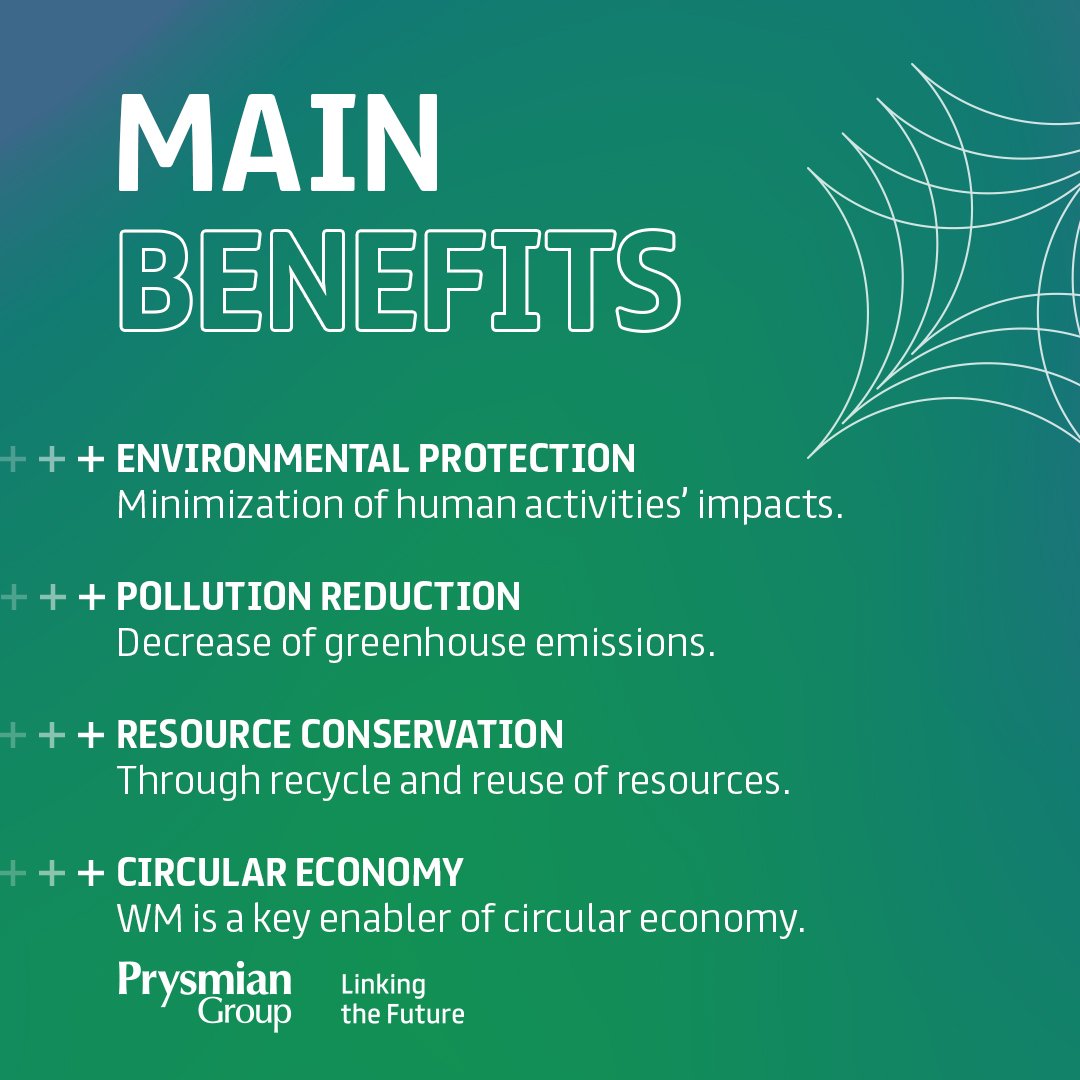The Single Strategy To Use For Reclaim Waste
The Single Strategy To Use For Reclaim Waste
Blog Article
7 Easy Facts About Reclaim Waste Described
Table of ContentsReclaim Waste - An OverviewHow Reclaim Waste can Save You Time, Stress, and Money.The Definitive Guide to Reclaim WasteThe Single Strategy To Use For Reclaim WasteTop Guidelines Of Reclaim Waste
Domestic sewage waste refers to the waste and products from a residential septic storage tank. The correct monitoring and disposal of domestic sewer waste need fluid waste to be moved to a sewer therapy plant where the correct methods and tools are applied to cleanse and dispose of waste.
Commercial waste frequently consists of potential risks, such as flammable products or a mixture of liquid and solid waste items, and calls for an advanced and in-depth disposal procedure. The disposal of industrial waste generally includes the purification of waste before transport to make certain safe and proper disposal. Industrial waste is produced from results and runoff of industrial processes and production.
This type of waste can not use the exact same sewage administration transport or processes as septic or business liquids. The industrial waste administration procedure needs the inspection and testing of liquid waste before it undergoes the disposal process (industrial wastewater treatment). Drainage waste is the fluid waste that originates from drainage and excess stormwater in highly inhabited areas or cities
Overflow waste can create contamination and flooding if not taken care of effectively. Ensuring correct waste monitoring can prevent catastrophes and decrease environmental harm.
The Best Strategy To Use For Reclaim Waste
Contact PROS Providers today to learn more about our waste monitoring and disposal solutions and the proper methods to take care of the fluid waste you produce.
(https://www.tumblr.com/reclaimwaste1/766851148823068673/at-reclaim-waste-were-a-national-solutions?source=share)Do you know what takes place to your water when you end, purge the toilet or drain pipes the washing device? No? Well, it's worth understanding. This supposed 'wastewater' is not only a vital source but, after therapy, will certainly be launched to our land, waterways or the ocean. Utilized water from commodes, showers, baths, cooking area sinks, laundries and industrial processes is referred to as wastewater.

water made use of to cool down equipment or clean plant and tools). Stormwater, a kind of wastewater, is runoff that streams from agricultural and urban locations such as roofing systems, parks, yards, roads, paths and rain gutters into stormwater drains, after rainfall. Stormwater streams untreated straight to neighborhood creeks or rivers, eventually getting to the sea.
Things about Reclaim Waste
In Queensland, the majority of wastewater is treated at sewer treatment plants. Wastewater is carried from domestic or commercial websites via a system of sewage systems and pump stations, recognized as sewage reticulation, to a sewer therapy plant.
The Division of Natural Resources advises city governments concerning handling, operating and maintaining sewage systems and treatment plants. In unsewered areas, regional federal governments might call for owners to mount individual or house sewer treatment systems to deal with residential wastewater from bathrooms, kitchen areas, restrooms and laundries. The Department of Natural Resources authorises making use of household systems when they are verified to be efficient.
Most stormwater receives no therapy. In some brand-new communities, treatment of some stormwater to get rid of clutter, sand and crushed rock has actually started making use of gross toxin catches. Wastewater treatment occurs in 4 phases: Removes strong matter. Bigger solids, such as plastics and various other objects mistakenly released to drains, are removed when wastewater is passed through displays.
Wastewater then streams right into huge tanks where solids resolve and are eliminated as sludge. Oil and scum are skimmed from the surface. Utilizes small living organisms referred to as micro-organisms to break down and remove remaining liquified wastes and great bits. Micro-organisms and wastes are incorporated in the sludge. Gets rid of nitrogen and phosphorus nutrients that can cause algal blooms in our waterways and threaten marine life.
Getting The Reclaim Waste To Work
Nutrient elimination is not offered at all sewer treatment plants since it needs costly specialist devices. Clear liquid effluent created after treatment may still have disease-causing micro-organisms - liquid waste disposal.

This typically means wastewater has actually to be dealt with or contaminants removed prior to it can be released to rivers. Most wastewater moves right into the sewerage system. Under the Act, neighborhood governments provide approvals and permits for ecologically appropriate tasks (ERAs) entailing wastewater launches that could have a neighborhood influence. The department administers authorizations and permits to ERAs entailing wastewater launches that may have a local or statewide read this effect.
The Basic Principles Of Reclaim Waste
Monitoring supplies factual information regarding water quality and can verify that permit problems are being satisfied. The information acquired via surveillance supplies the basis for making water top quality decisions.
Report this page